Pirin National Park
By Eloise Stark
What is Pirin National Park?
Perched among the peaks of southwestern Bulgaria, Pirin National Park is a mountainous area spreading over 40,000 hectares (154 square miles). The park, which is part of the Pirin mountain range, is known for its limestone landscapes, glacial lakes, and rich biodiversity. It is also home to the southernmost glaciers in Europe.
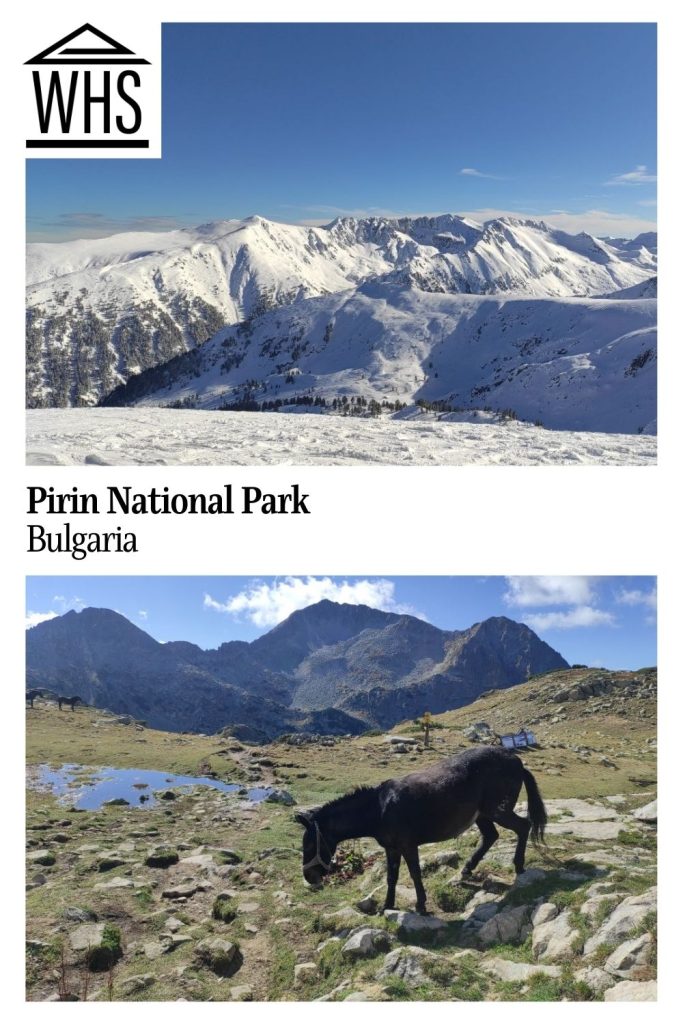
Disclosure: This article contains affiliate links. Making a purchase through an affiliate link will mean a small commission for this website. This will not affect your price. Privacy policy.
The park’s main section is centered around Mount Vihren, the second-highest peak in Bulgaria at 2,914 meters (9560 feet). Pirin National Park was declared a UNESCO World Heritage Site in 1983.
Why is Pirin National Park a UNESCO World Heritage site?
Pirin National Park is a remarkable natural treasure, with its limestone mountain landscapes, glacial lakes, alpine meadows, and conifer forests. When you hike amongst the grey rocky peaks, the area appears remote and otherworldly. Yet it hosts a wealth of life, including 182 species of medicinal plants and 1,315 other plant species. On the fluffier side of the phylogenetic tree, wolves, black bears, and chamois also roam through Pirin National Park. The exceptional landscapes and biodiversity both contributed to earn Pirin National Park its place on the UNESCO World Heritage list.
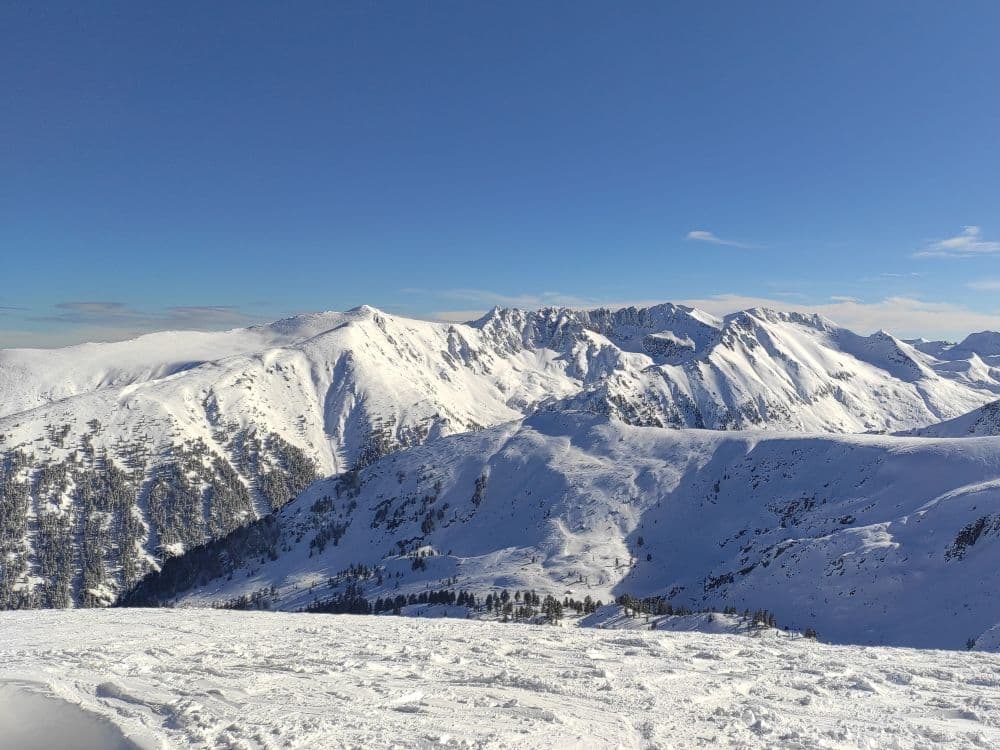
What can you expect on a visit to Pirin National Park?
Pirin is a beautiful, expansive playground for nature lovers. Whether you want to go hiking, take photos of the many endemic species of plants and animals, or simply sip a coffee and stare at the mountaintops, Pirin National Park has it all.
As a keen hiker, I love exploring the dozens of marked hiking trails that snake their way up peaks and past crystal-clear lakes, providing stunning views over the entire Pirin Mountain Range. The landscape is dominated by rugged ridges, boulder fields, and meadows filled with wildflowers. At lower altitudes, rivers run through thick conifer forests.
One of the most popular routes takes you to the summit of Mount Vihren, Bulgaria’s second-highest peak. If you want to stay overnight in the park, there are several mountain huts that provide simple accommodation and excellent food at reasonable prices. There are also a few unmanned shelters.
Pirin mountain range’s glacial lakes are one of its biggest draws. Most are accessible only on foot, but if the hike isn’t for you, you can get a chairlift to Bezbog Lake and admire its crystal-clear waters.
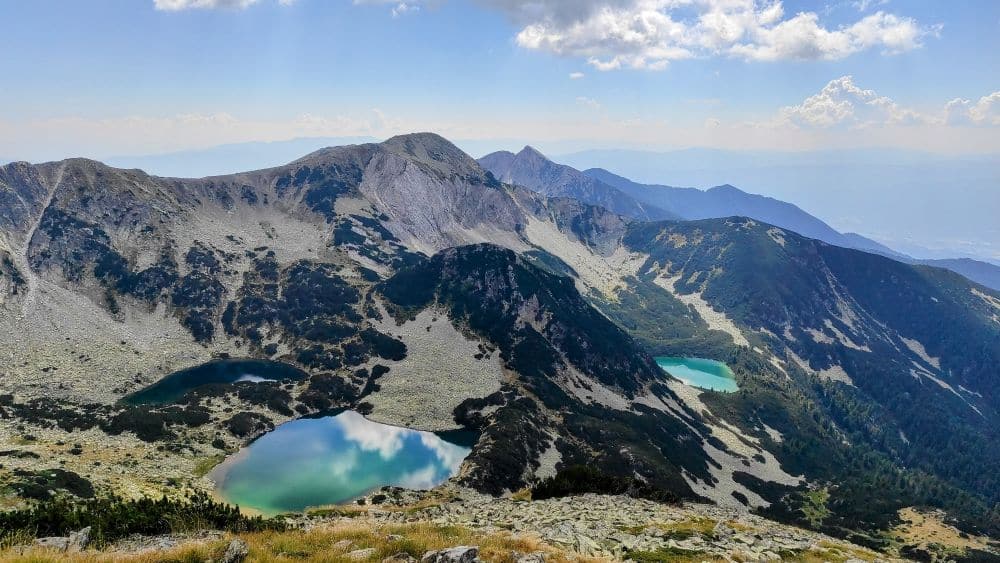
Hiking isn’t the only outdoor activity on offer in Pirin National Park. In summer, you can enjoy several downhill mountain bike trails, while in winter, the ski resort of Bansko opens its pistes. This ski resort is located within the national park and boasts stunning views and 75 kilometers of ski runs.
Is Pirin National Park worth visiting?
Pirin is worth visiting for anyone who enjoys being in nature or taking in spectacular mountain vistas. The Pirin range isn’t as accessible or as well-known as many other mountain ranges in Europe, so you might get the park almost to yourself. It’s certainly worth the effort for those seeking adventure or simply wanting to take in Bulgaria’s natural beauty. Visitors should plan to spend at least two days here, though longer visits will allow for multi-day hikes or exploring more remote areas of the national park.
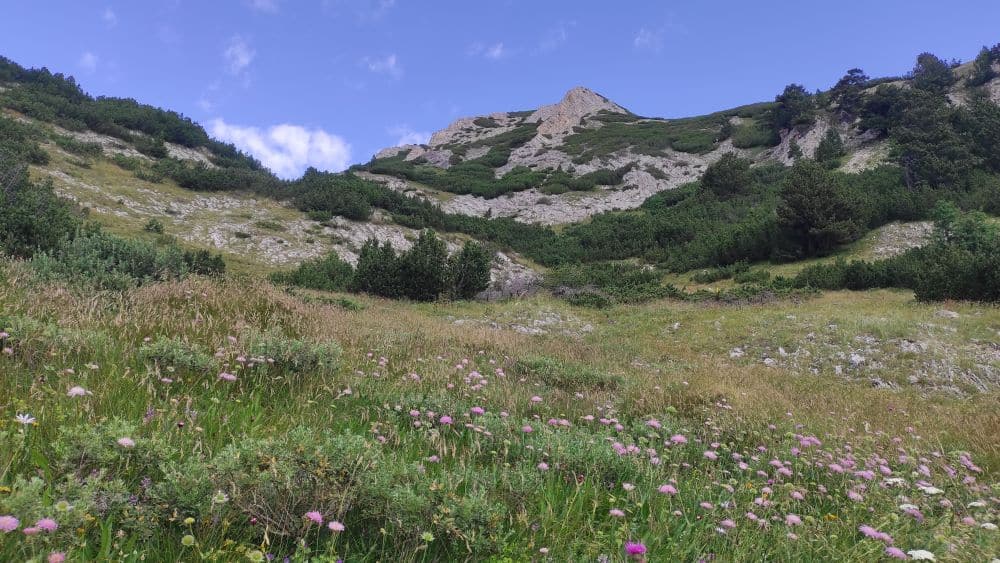
What sorts of travelers would like Pirin?
Pirin is best suited for nature lovers, particularly those who love hiking. It’s also a great destination for wildlife photographers. Those who prefer more relaxed activities, like sipping a beer or eating grilled meat while staring at snow-covered peaks, should head to one of Pirin’s mountain huts, such as Vihren hut, for tasty treats with a great view.
In winter, skiers and snowboarders will surely enjoy Bansko Ski Resort, and there are some great backcountry routes, too. It may not be the right fit for those who prefer city breaks or luxury resorts, but Pirin is an unforgettable destination for outdoor adventurers.
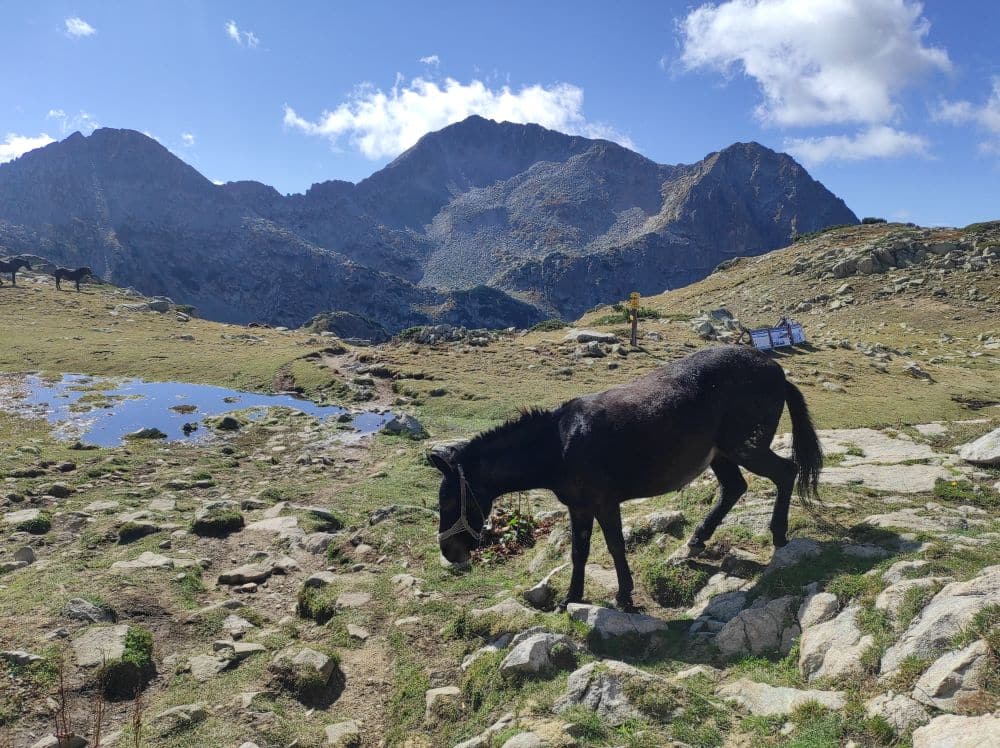
Tips for visiting Pirin National Park
When visiting Pirin, be sure to check the weather, as storms can be dangerous in this high-altitude, rugged terrain. There is often snow on the higher parts of the park well into summer, so take care if you are planning a climb. August and September are ideal months for visiting, with fewer tourists and great weather.
If you are venturing into the park, you’ll need sturdy walking shoes or hiking boots, as the trails can be challenging. Start hikes early to avoid the crowds and enjoy the cooler part of the day. As always, when traveling to natural environments, be respectful, stay on marked trails, and leave no trace.
The park can be combined with a visit to the nearby town of Bansko, which is a popular base for outdoor activities. It has many great hotels, restaurants and bars, and a charming old town of cobbled streets and stone houses. Bansko also has a vibrant digital nomad community, so if you work online, you might want to join a coworking and check it out!
Use the map below to find accommodations in Bansko:
If you’re traveling by car, Rila Monastery, another UNESCO site, isn’t too far away. The drive is about an hour and a half to two hours from Bansko.
Where is Pirin National Park?
Pirin National Park is located in southwestern Bulgaria, within the Pirin mountain range. The nearest town is Bansko, which serves as the gateway to the park. The closest airport is in Sofia, 150 kilometers (93 miles) away.
Getting there by car: From Sofia, the drive will take about two and a half hours to Bansko. The park is about 10 km (6 mi) from Bansko, taking roughly 20 minutes. There is parking available near the park entrances, although it may be limited in peak seasons. Find a rental car here.
Getting there by public transport: You can take a bus from Sofia to Bansko, which will take more than three hours. From Bansko, there are shuttle buses to the national park that run several times a day in summer. The journey typically takes around 30-40 minutes.
For more information about Pirin National Park, its opening hours, and admission fees, see its official website.
Have you been to Pirin National Park? If so, do you have any additional information or advice about this UNESCO World Heritage site? Please add your comments below!
